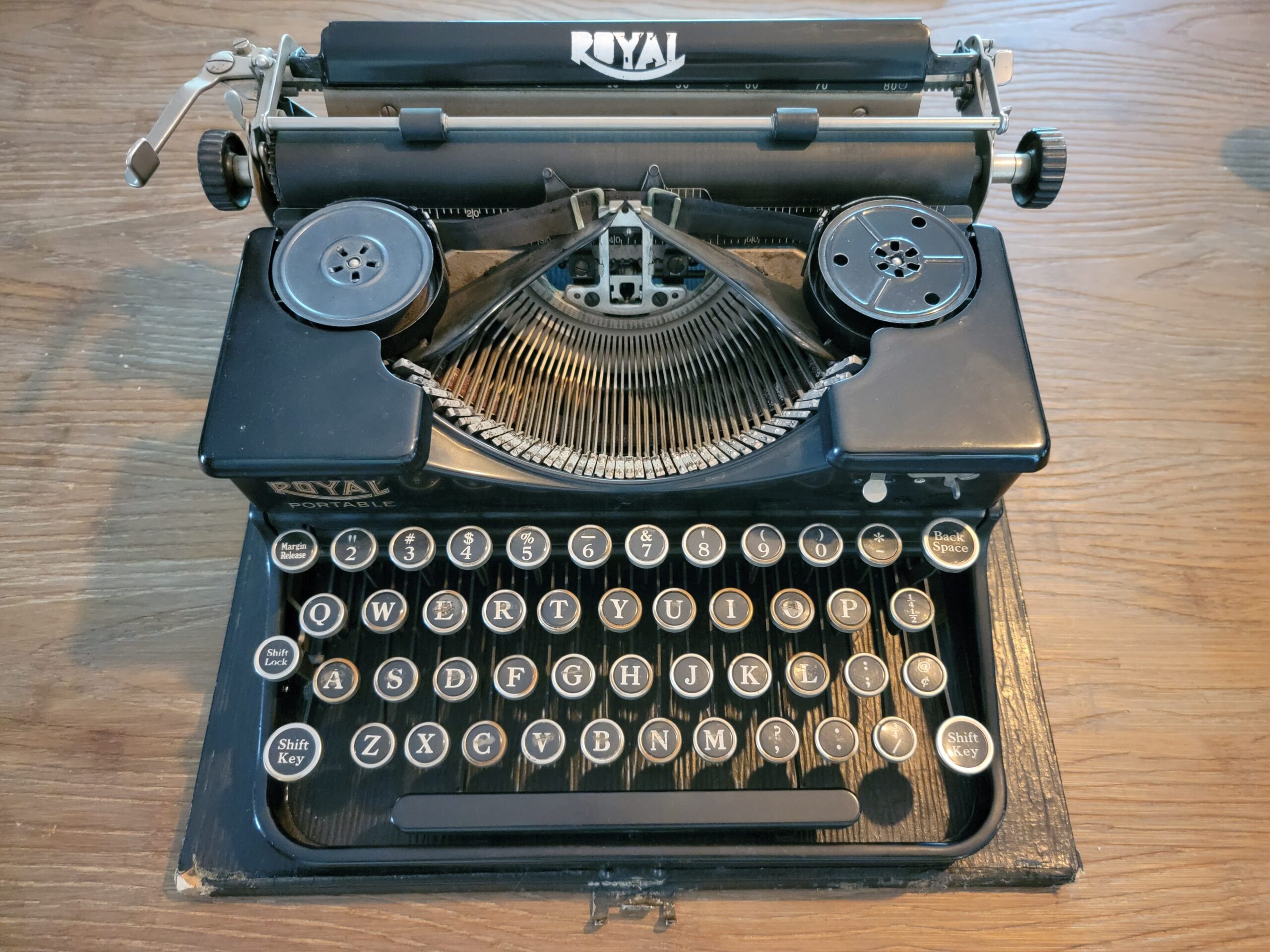My essay writing process often begins with a barrage of run-on sentences. Sometimes when I’m drafting my thoughts, at least on the first pass, it seems to take many words to complete a sentence. It often needs an abundance of punctuation, as well, most specifically a multitude of commas; the idea being that the mind may not, figuratively of course, run out of breath!
In their purest form, as they still bounce between the neurons firing off within my skull, my thoughts often are conveyed in long, run-on sentences; to some extent, they always have been since my youth, long strings of uncultured raw intellect squeezed into little squiggles on a page. Necessarily, for everyone else’s benefit, I further strain and condense them. Along the way, they lose a lot in translation. In fact, several run-on sentences were irreparably harmed and surgically altered in the creation of this essay you’re now reading.
But we must not forget the sacrifice of these overzealous trains of articulation. After all, there’s actually an art of run-on sentences that can’t be undervalued in the writing process. As it stands, the process of writing an essay is complex enough, unique to each individual mind and hand. Various approaches are necessary to cater to each of our specific thought patterns and inclinations, some more fluid and organic, while others are more structured and mechanical.
The step-by-step plan has never worked well for my writing. My creative process is much more organic, fueled by the raw thoughts racing through my consciousness. While many writing instructors will force you to smash apart your run-on sentences, I instead encourage you to embrace their role in the creative process.
The Art of Run-On Sentences
It’s not often you’ll find an example of a writer who embraces this unconventional style of run-on sentences as a means of conveying ideas who has enjoyed any sort of commercial success. This may not be surprising to you; at first glance, run-on sentences may seem like an obstacle in your journey to write something coherent and organized. They’re often lengthy, punctuated by numerous commas and semicolons; if you don’t take your time, they can be difficult to comprehend.
However, run-ons represent a continuous stream of consciousness, flowing freely from your heart, mind, and soul onto the page. Instead of rejecting the chaotic nature of these sentences, they should be regarded as your personal war chest of raw intellect and uncultured ideas waiting to be refined.
Drafting and refining is crucial in the writing process, whether or not you utilize run-on sentences to articulate your thoughts. But on the first pass, pouring out your ideas in their rawest form, you don’t need to concern yourself with grammar or structure. This stage is essential, allowing you to capture the essence of your thoughts without constraints. The formal writing comes later, but free expression allows even the final more formalized draft to take its own shape.
The art of run-on sentences appears to give way to the conventional refinement process following that initial draft. After all, once you begin the editing process, there’s the painstaking task of condensing and organizing ideas, making them more accessible to a wider audience. During this phase, the writer is requested and required to take command of these run-on sentences, transforming them into clear and concise statements.
As you distill your ideas and hone them into a humble, but poignant brew, they inevitably lose some of their original rawness and spontaneity. However, this sacrifice is necessary to create a polished and well-structured piece effectively communicating the intended message.
The Beauty of Imperfection in Expression
While run-on sentences are viewed as flawed in the formal writing world, they should serve as an integral part of the creative process for writers who naturally tend towards this style of self-expression. These seemingly chaotic strings of thoughts allow the exploration and expression of ideas without the confines of traditional structure. This exploration can lead to unique insights and a deeper understanding of both the topic at hand and your own thought process.
The writing process is a dynamic and multifaceted experience that varies from one individual to another. While not every writer will use them, embracing the use of run-on sentences in your initial drafts can be a liberating and insightful exercise, allowing you to delve deeper into your thoughts. Inevitably, it’s necessary to refine these sentences for a coherent and polished final draft. But, the process of embracing imperfection and raw intellect can be a valuable and fulfilling aspect of the writing journey.
Only through letting the run-on sentences free in my notebooks can I find clarity of mind through my writing. The necessary skill of refinement is one at which I have found myself quite proficient, and yet it doesn’t seem an art that can ever be fully mastered, not by me or anyone. Then again, no true art form can ever be perfect, especially being wholly imperfect beings as our human selves.
I’ve chosen to embrace the beauty of imperfection in expression. While I do my best to relate my ideas as clearly as possible, I know that language’s shortcomings and the myriad of human perspectives will always serve as hard ceilings for universal comprehension.
~ Amelia Desertsong
